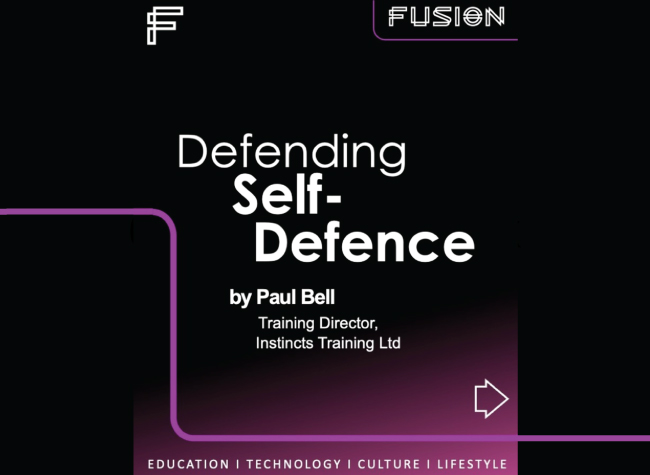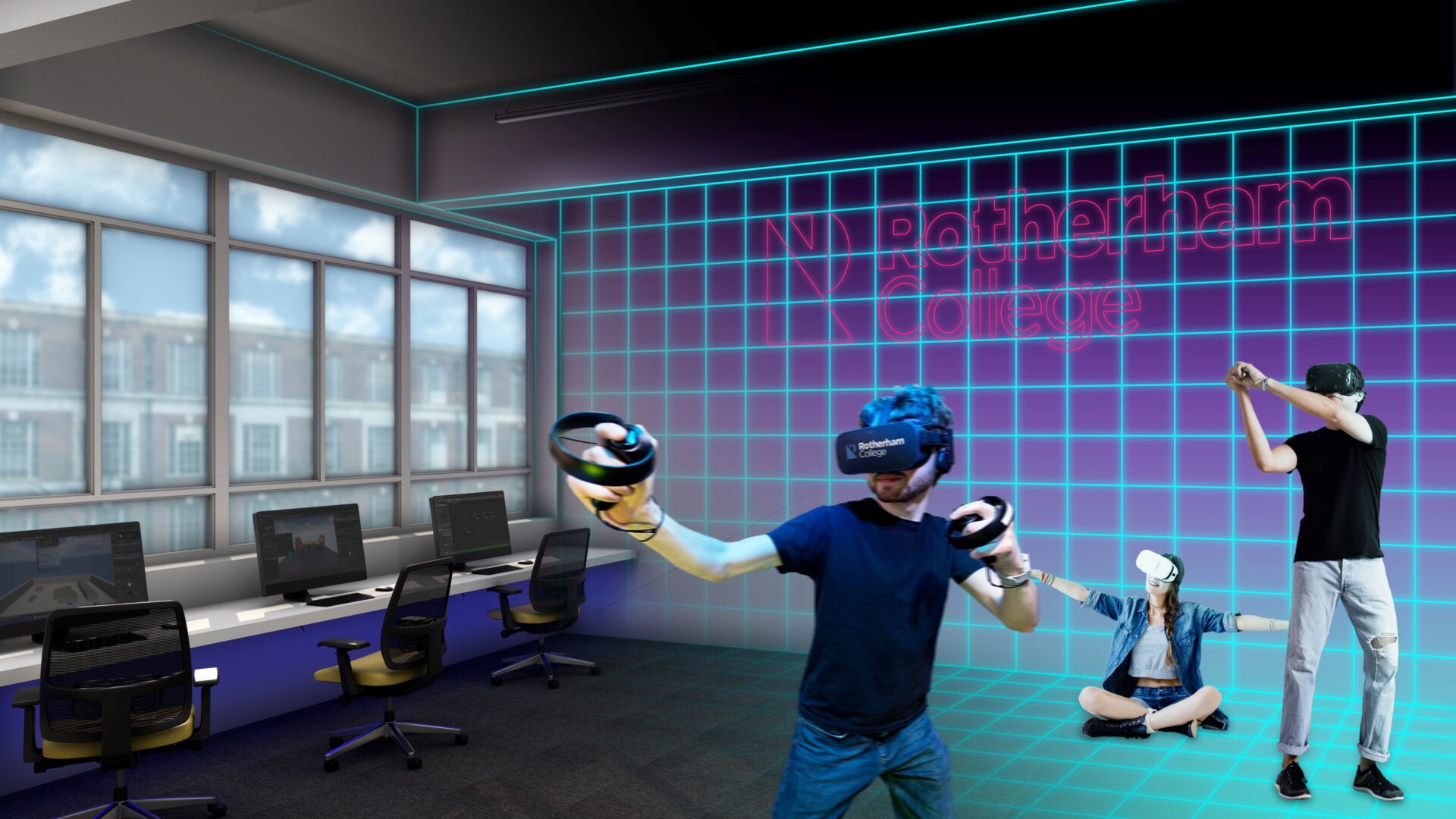Defending Self Defence
Self-defence and its misconceived meaning
If I say self-defence to you what are your initial thoughts? When I ask this as a question in front of an audience, I often get the answer of some sort of physical altercation. I then ask is it something we do or need every day? A mixed response often comes from this question, “no”, “depends”, “if you get into trouble – yes”. So, what do you think? Let me elaborate, what do we do before we cross a road? What do we do to retrieve a hot item out of a hot oven? We are pre-programed for self-defence, it is a primal function inherent for survival, but the words self-defence due to fighting arts have been skewed to be synonymous with violence. We can even trace the connection between combative arts and self-defence back to James Figg and the 1700’s period of history where he linked pugilism to self-defence.
In everyday life self-defence is a necessary sub-conscious effort and far from the last resort of physical altercations. We have several built-in mechanisms to help us detect and avoid trouble, similar instincts that animals display, the difference is we often choose to ignore these very obvious signals and walk headstrong into trouble. There are a few factors that set us aside from animals that could be a determine as to why we often find ourselves in trouble; pride, (especially male pride as males are proven to go to aggression far quicker than females), ego, fear, peer pressure and ignorance. One thing is for sure, if we took note of the pre-indicators to trouble, we could avoid the majority of it. Just to point out it is very rare for a random attack to take place, one where you have absolutely no clue what is coming. The best pre-indicator we have is our instinct, or gut instinct. It is now proven that this line of defence will kick in before the neurological warning signs, only nanoseconds, but non the less it is the first sign something is not quite right. If we did act like our animal friends we would act every time on this instinct, but we don’t, we dismiss it as just a silly feeling. So, we carry on headstrong into trouble blindly oblivious to probable danger through choice.
What comes next then in the signs for avoidance? Plenty more. Body language, tone of voice, situational and spatial awareness, common sense. These are all pre-cursors to understand so we can actively avoid violence and conflict. Spatial awareness has come under much scrutiny in debates around self-defence and its true meaning. It is where you have to play it alongside common sense. Advice such as “as a young woman you can’t walk in that particular area” is very wrong and a good example of what I am saying. There is a but though, to say you can’t to someone takes away rights and liberties, it also undermines confidence, it is certainly not empowering. The but is the commonsense part. As a self-defence and personal safety instructor there are places I will not walk down in the daytime, never mind at night. My argumentative side says I should be able to go anywhere that is publicly available, commonsense tells me that our society is not always as safe as it should be and I will be probably walking into trouble, so I don’t go. Situational awareness works on the very same premise, I should be able to relax anywhere I am without fear of reprisal. Again, society dictates where this is a problem, the wrong place at the wrong time, inside or out.
There is of course the argument that we can’t relax if we are always on alert. We can be alert without being afraid or anxious, we should be alert in our everyday life and not walking around oblivious like we very often do. Distractions such as modern technology and clothing such as hoodies dull our senses to the point where we are sitting ducks for danger, being alert is not being on edge but just being alive as nature intended. If you have reached the body language and tone of voice stage you have chosen to be in that situation, you can still avoid the physical though you are very close to being drawn in now and only a sharp mind and smooth-talking tongue with wise words will allow your escape. You have successfully ignored almost all of the indicators previously mentioned.
To conclude, we have distinct choices as to how we conduct ourselves around violent situations and self-defence. Self-defence isn’t a last resort of physical activity; it is the very first feeling that something isn’t right and a re-think about what you are doing and where you are. Listen to your instincts, follow your feelings, use your brain, and choose to change course. The violent conclusion to self-defence is the very last resort that can lead to devastation. Why would you ignore all laid out in front of you and ignorantly carry on.
My name is Paul Bell, and I am Training Director for Instincts Training Ltd. We specialize in all aspects of personal safety and self-defence and teach that the physical is the very last resort. You can reach us with any questions you may have at [email protected].
Thank you.




